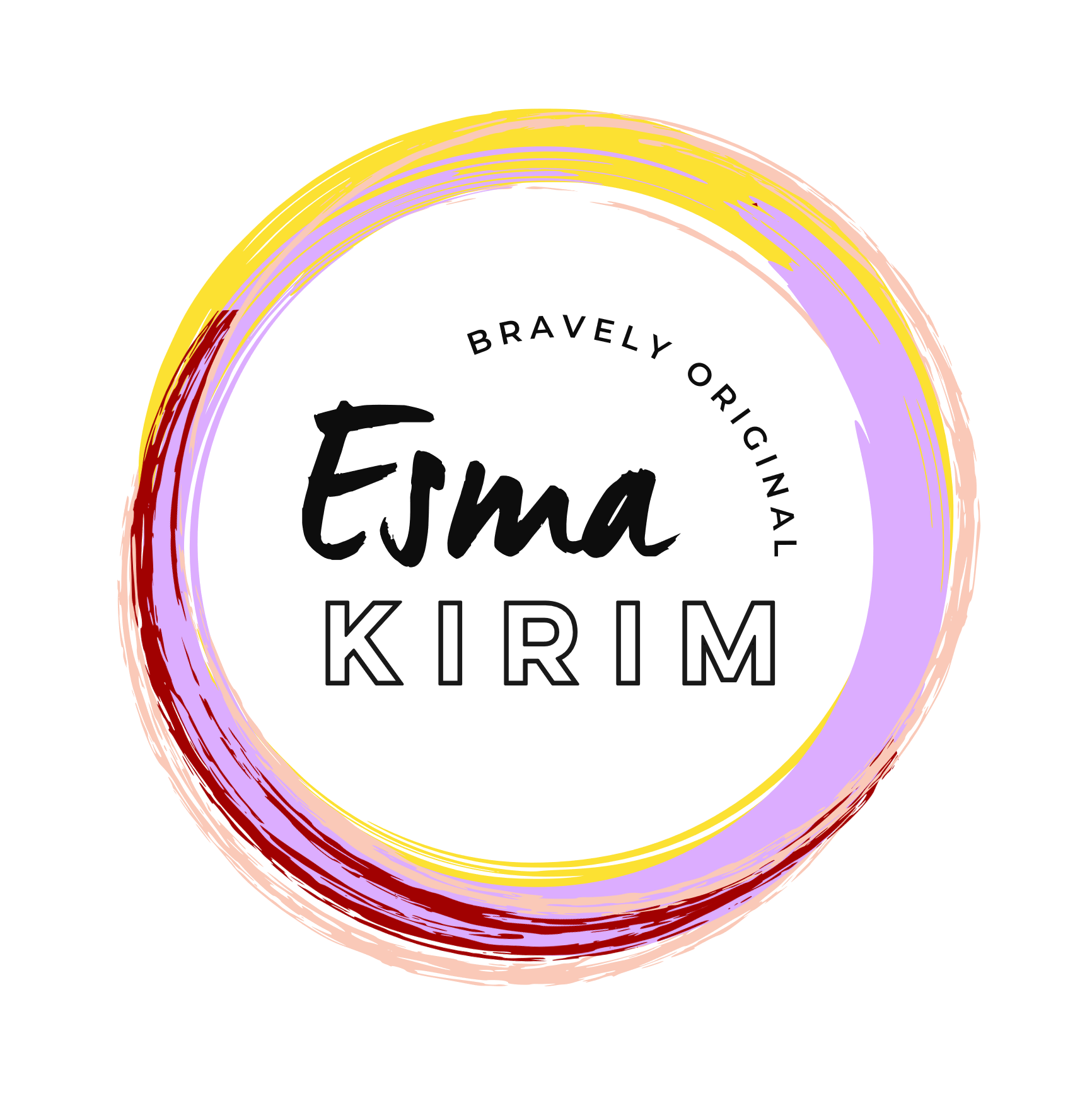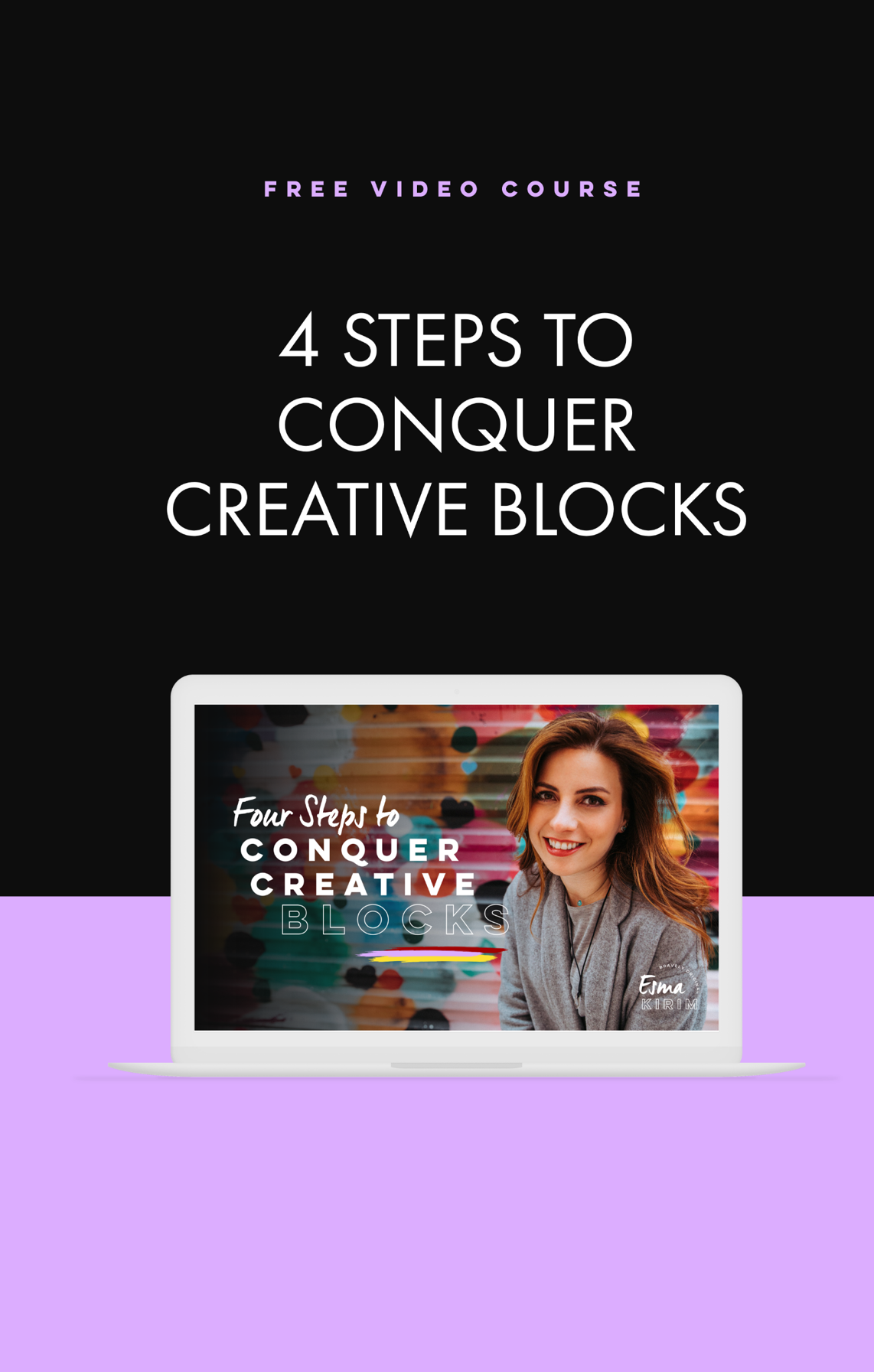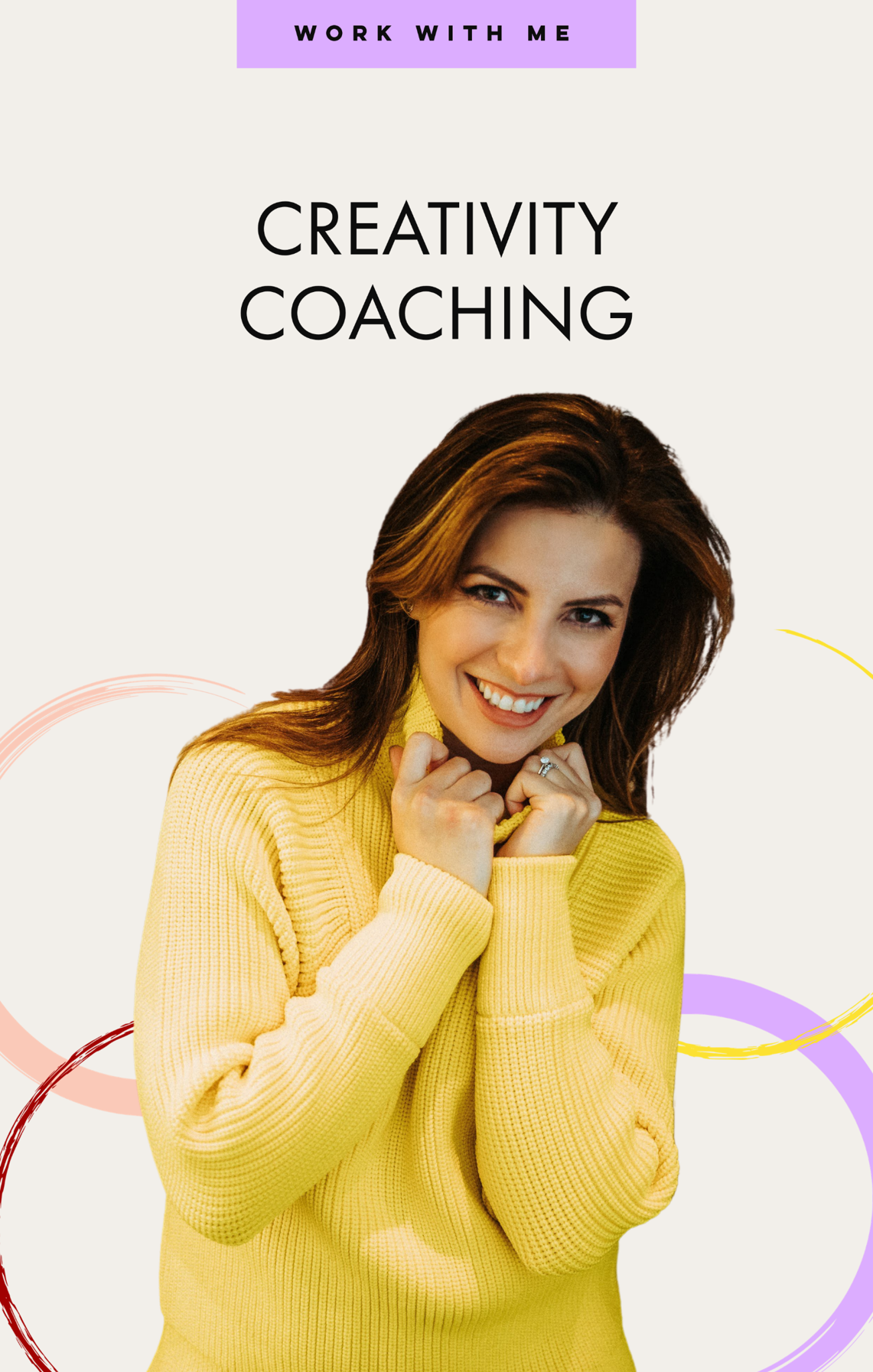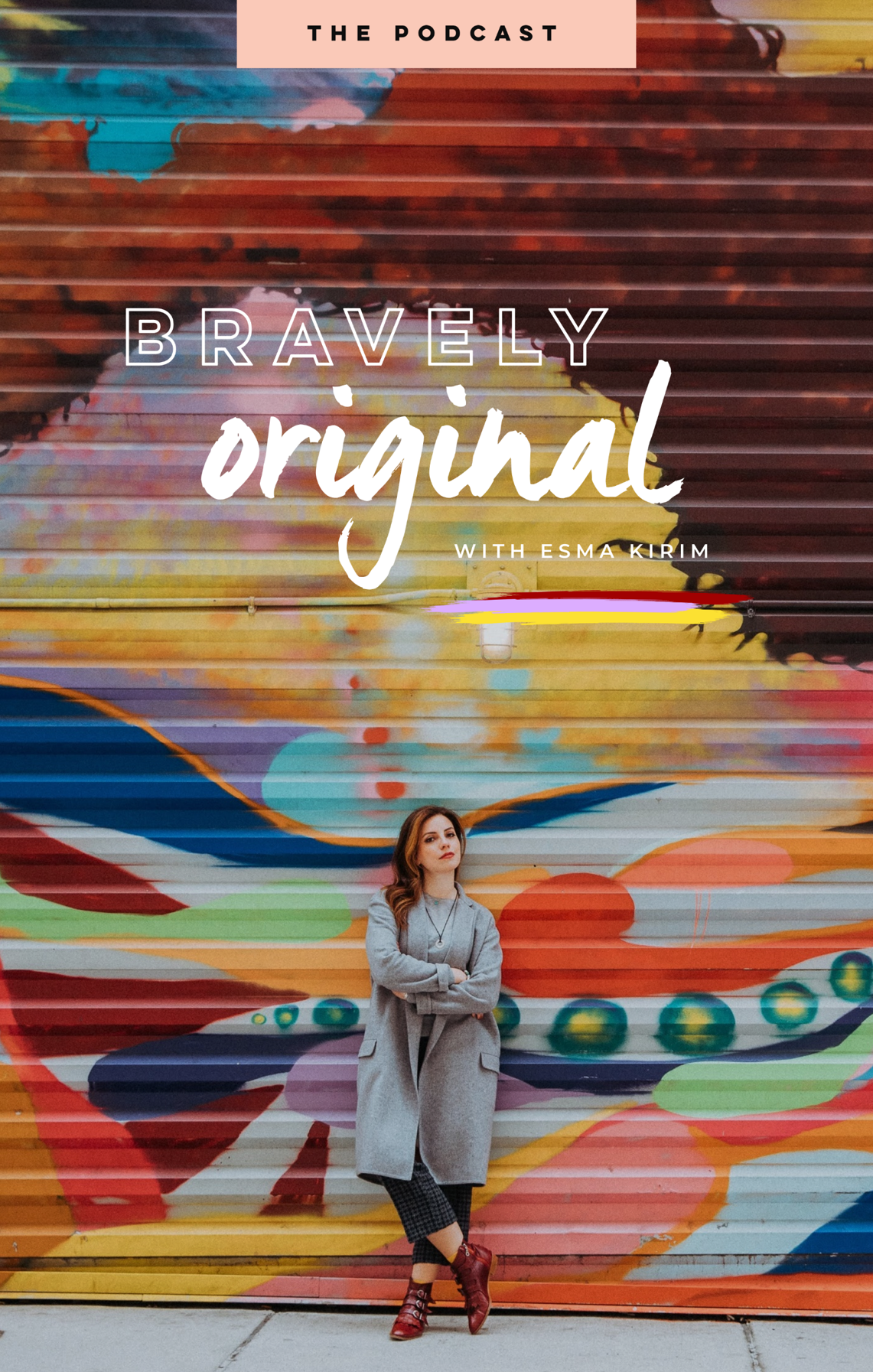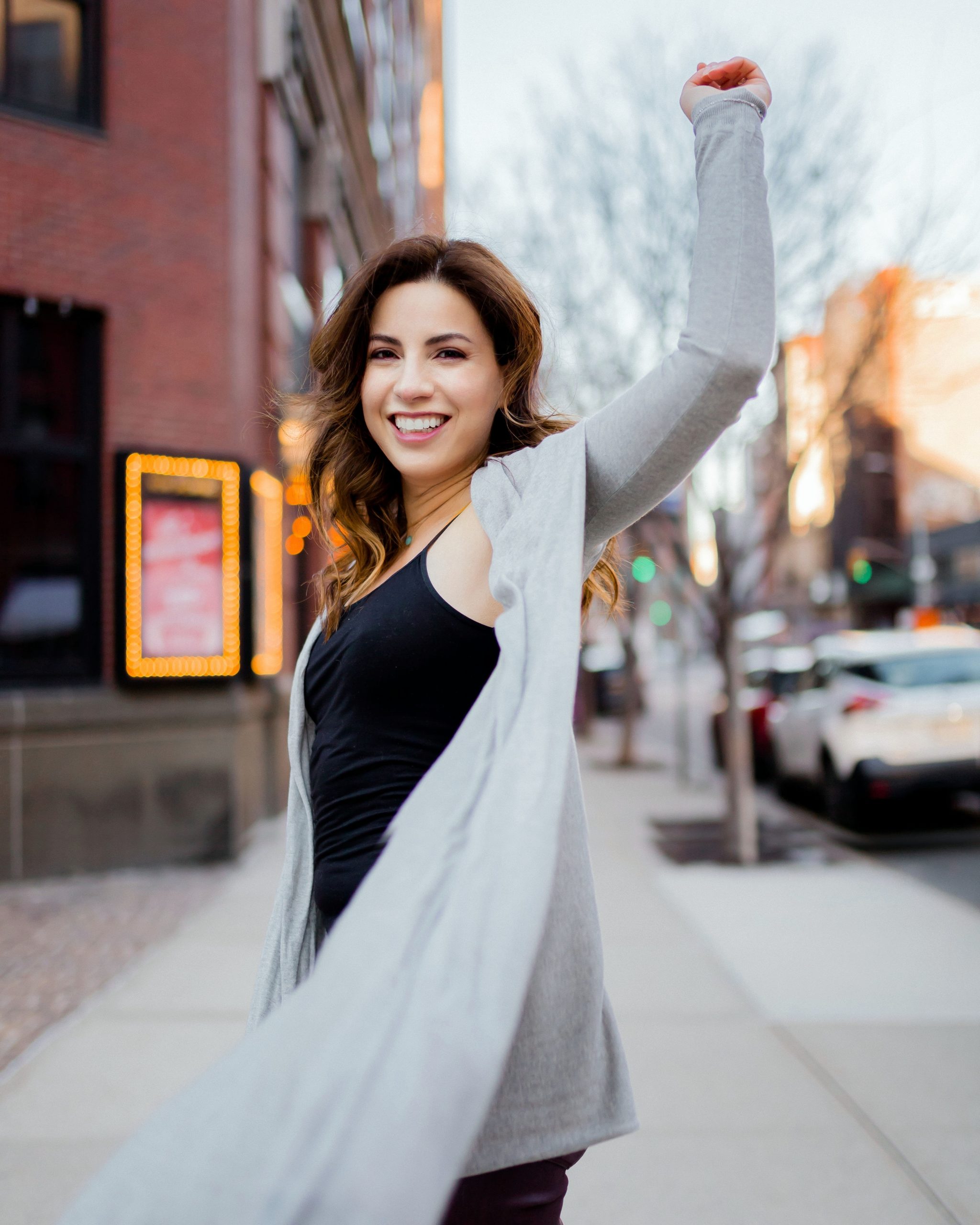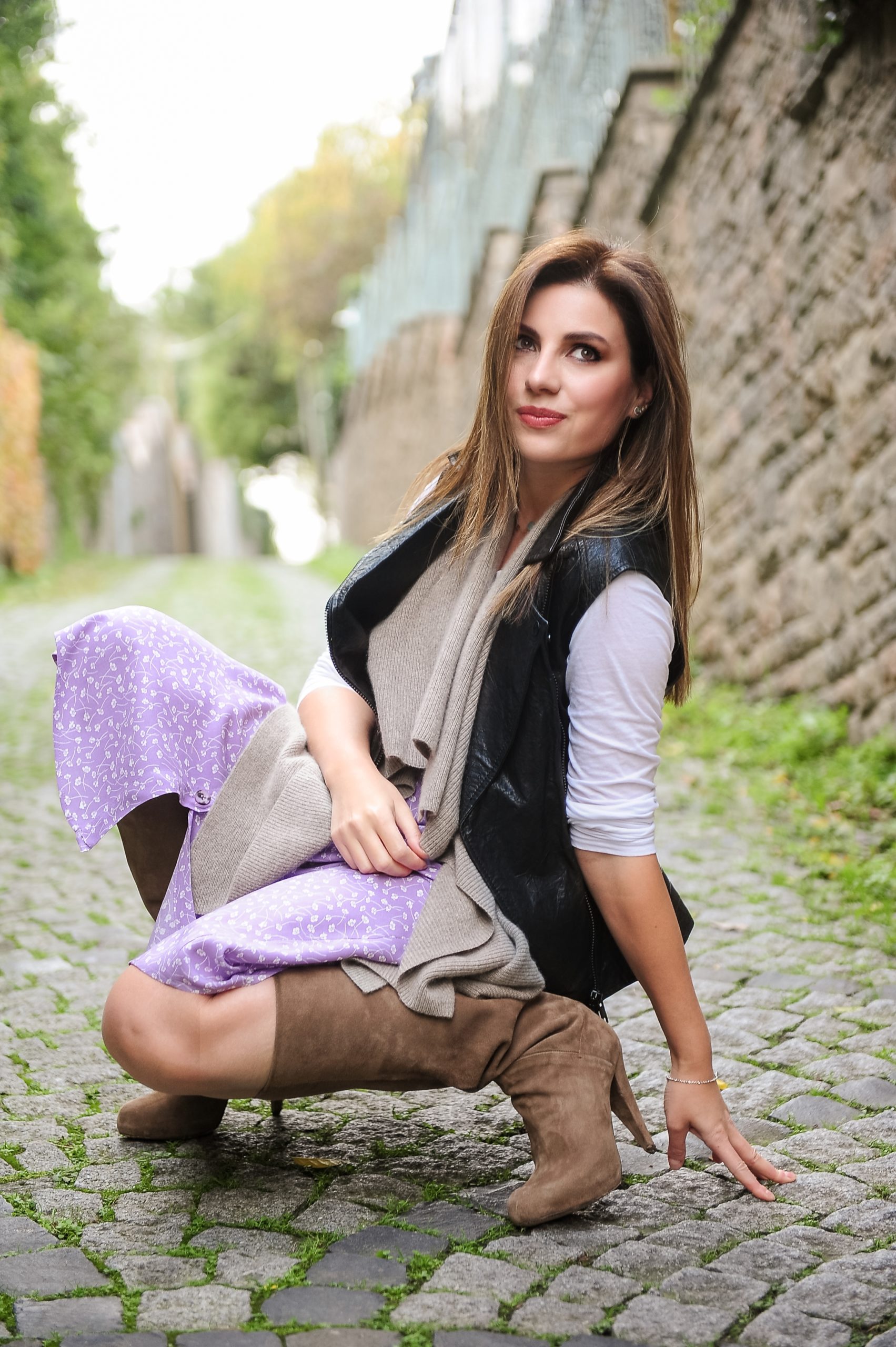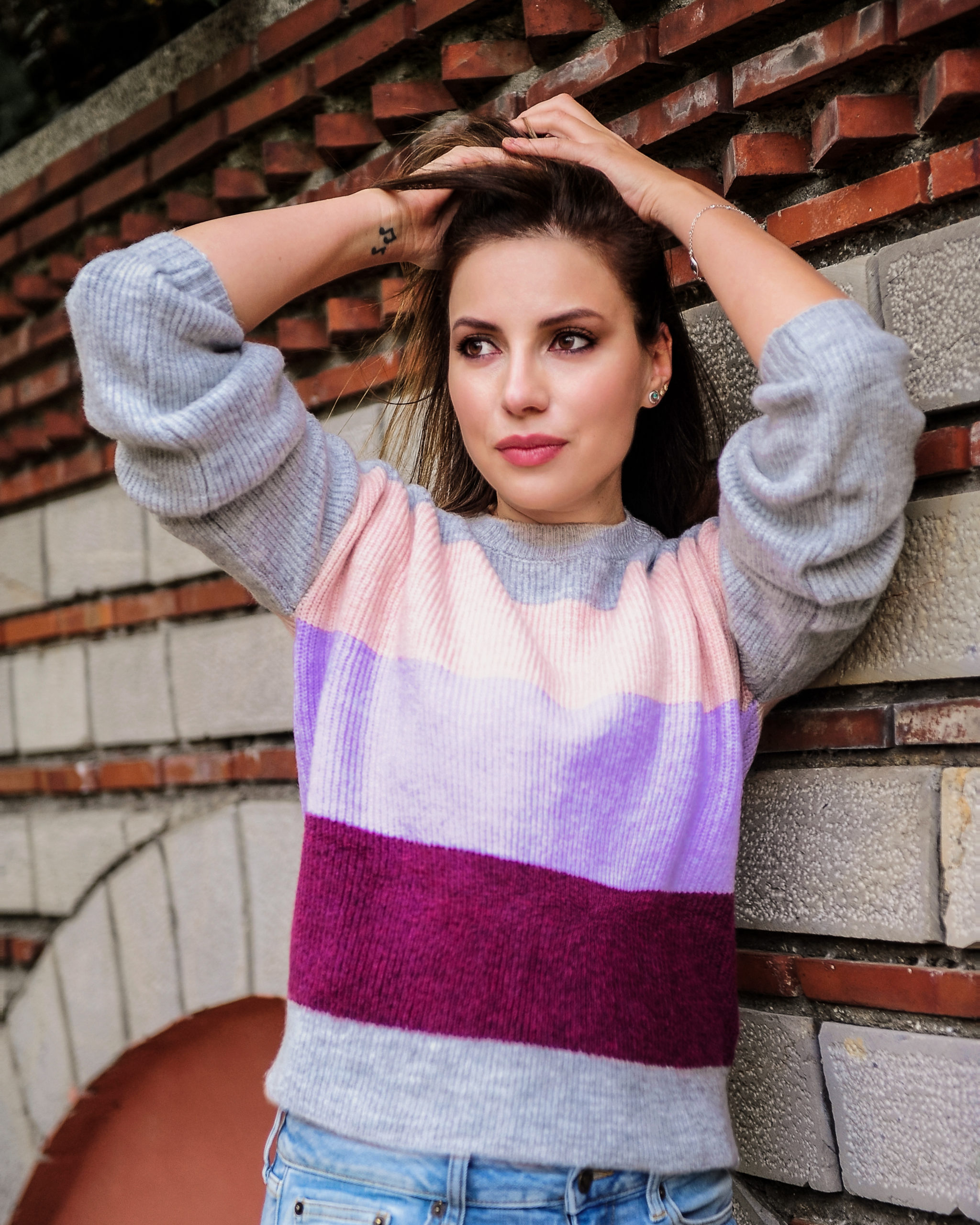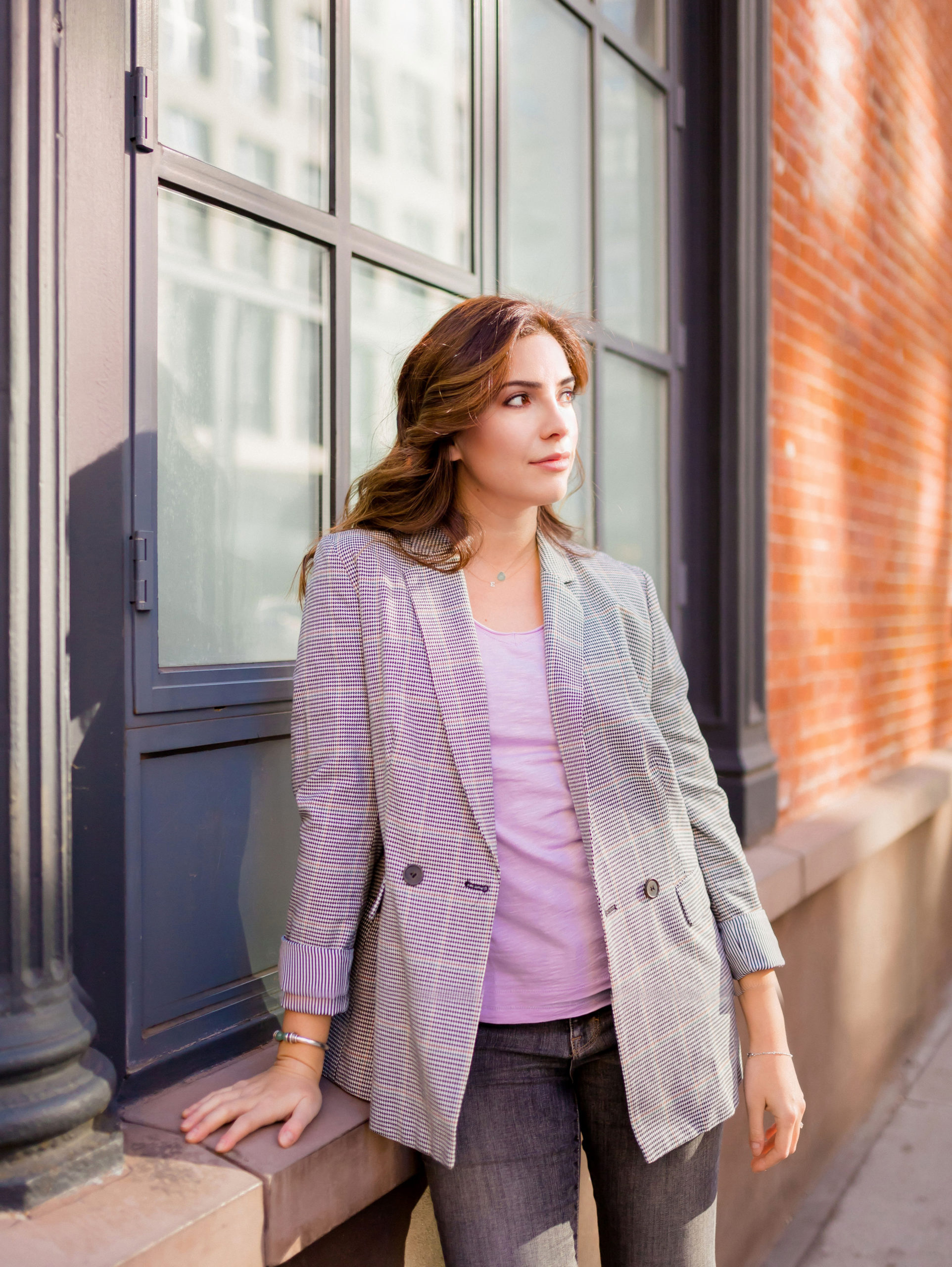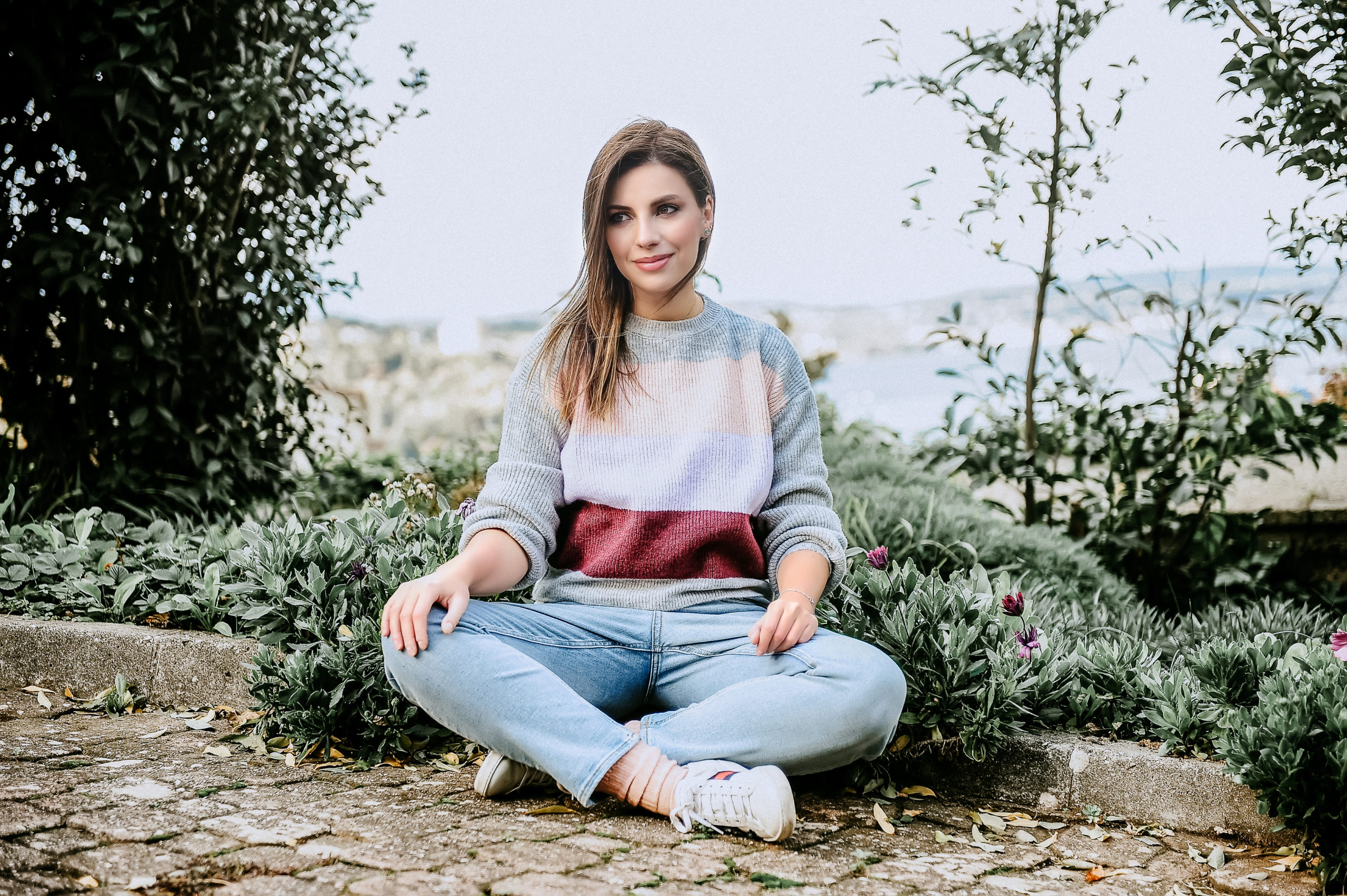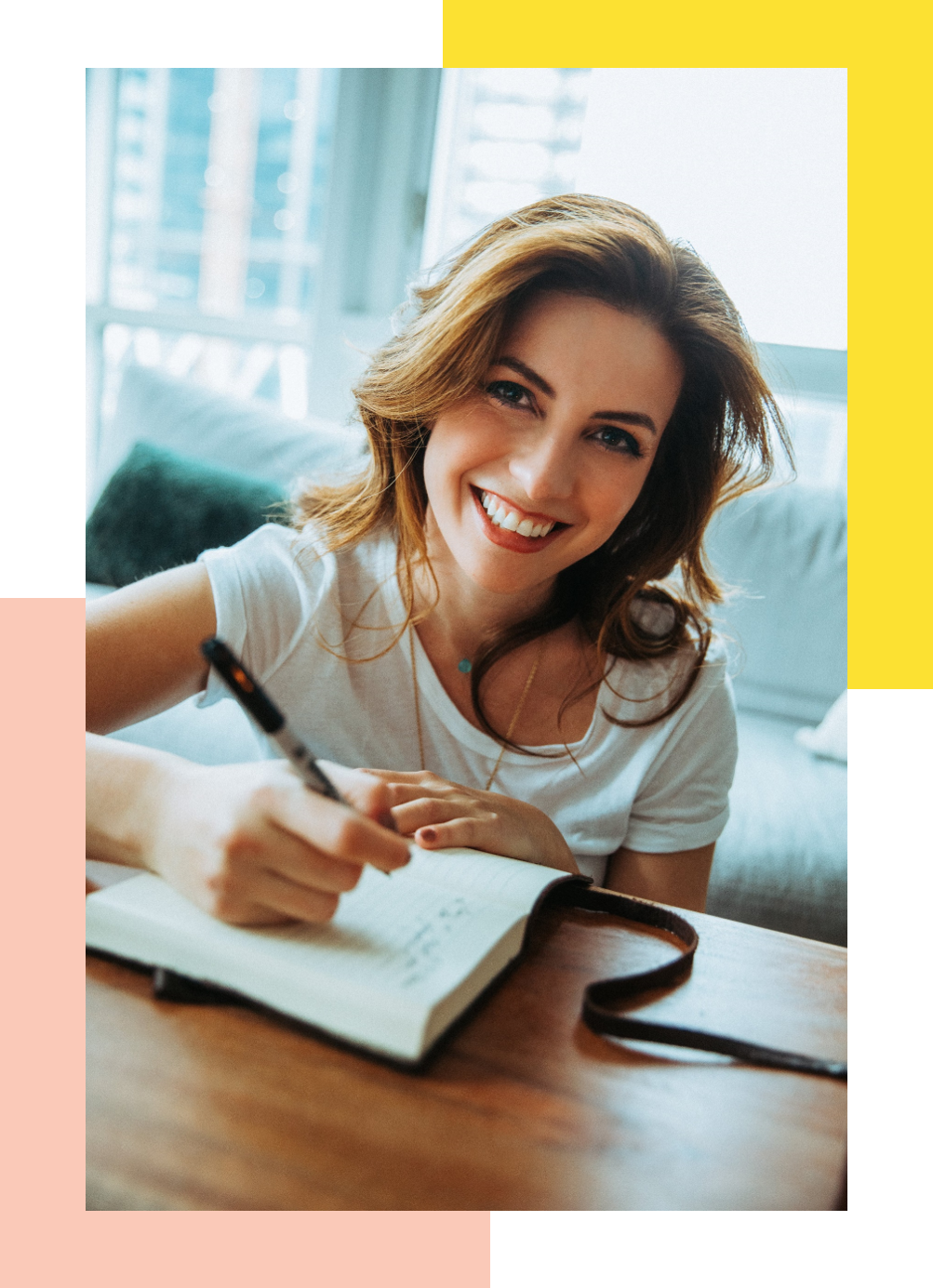I’m dedicating the month of May to honing in on our own unique creative processes, otherwise known as the “how” of what we do. Last week, I gave you a few tips for how to demystify yours and really make it work for you. Today, I’m going to let you in on one of my favorite “secrets,” a trick of the trade that I think really has the power to transform the way you look at your own style and approach: draw inspiration from others that YOU find inspiring.
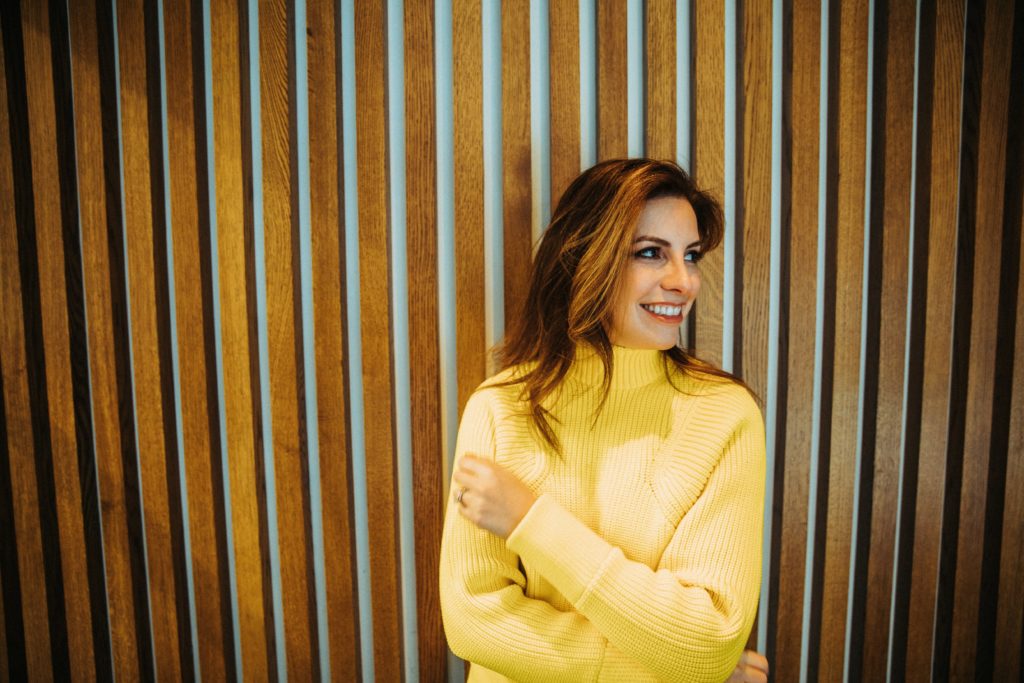
Every artist is unique just as each artist’s creative process will be unique, but you can let the people you admire guide you along on your path. I pulled together a few wise words from creatives I respect to help ignite the drive and fire inside of you. Check these out.
Yuval Wolfson – “For me, the best situation is to sit in front of a blank canvas. Sometimes, I have an idea how to begin. Sometimes, I don’t need an idea. I just touch the canvas with a brush and something goes on it and it starts. When other people look at my paintings, I want them to feel part of the story, part of the creative process, something new. Not like they’re taking home something finished. They just began.”
@wolfsonartworks
Wyland – “When I’m painting a mural, it’s exactly like I’m painting a canvas. I cover the entire background with color, and it’s kind of like a Polaroid photograph where you see this mass of color slowly coming into sharp focus until you do the final details, highlights, shadows.What I’m trying to create is a three-dimensional experience. But art, like music, is a feeling, and all the great artists have that gift. That’s what I’m trying to do in my art.
@wyland
Guy Harvey – “The tools of my trade begin with pen and ink… very detailed work, both in cross-hatching and stippling. I still employ that technique today because it’s very effective. No matter what medium I’m using, it begins with the sketch.I’ve got to get the proportions right, I’ve got to get the orientation right. To me, the most exciting parts of executing a painting are the beginning and the end.”
@drguyharvey
James Coleman – “When someone sees one of my paintings, I want them to really feel the place that I’m depicting. And so my desire is that they’re going to want to travel into that painting and become part of it. …Painting, for me, is an intuitive creative process, and so I let the canvas tell me where to go, and the paint and the canvas and me create a piece of art that people will enjoy.”
@jamescolemanart
Alexandre Renoir – “I use palette knives because for me it adds a dimension to the painting. There is that thickness, that working in the flow of the paint, that it casts its own shadow. I make my own knives. I buy every knife I can find.I’ve got so many that I’ll never use, but they all give me these ideas, these urges to try things and to experiment, and that’s all it’s really about.”
@alexandre_renoir
Romero Britto – “People tell me that my style is Pop art. Some people say that it’s a “Britto style.” I’m just like, “I paint and that’s what I do.” I let the critics and I let the experts in the arts say whatever they want. But, at the end of the day, I just paint.”
@romerobrittoI
DUAIV – “When I start a painting, there are no rules. Sometimes, I know what I am going to do. Sometimes, I don’t know what I’m going to do. I paint always without pictures. I do everything by memory. I don’t like to draw, so I put my oil on the canvas. You surprise yourself. You don’t know where you are going.”
@duaivartist
Tim Yanke – “My approach to painting is to maintain spontaneity. There is life in movement, death in stagnation. And I approach every painting with the idea that I want that painting to continuously move—whether it’s your eyes around the painting or the emotions you have with the painting. I want that painting to come to life.”
@timyanke
David “Lebo” Le Batard – “My process in creating artwork—it starts very simply—is through drawing. I do a lot of sketches, I do a lot of reference work and gather a lot of source material. I start with a lot of pencil sketches and, from there, try to create a sort of creative flow.”
@leboart
Dominic Pangborn – “I had a professor who started out day one with: “Be yourself. You will never be Picasso, but then Picasso will never be you.” Those words resonated into my life, my creativity. When I see others trying to emulate a style or technique or something else, they may be a master at it, but, to me, I’m myself and there’s only one of me.”
@dominicpangborn
Did any of these statements resonate with you? I loved when DUAIV said “There are no rules”. It’s so true, isn’t it? As artists, we have the power and the freedom to create whatever and however we want to create. How amazing is that?!
Brainstorming a creative process that works for you is such an important and empowering step to take on your creative journey.
Whether you find yourself feeling inspired or needing a little extra help this week, know that I am here for you! Check out my coaching offerings here or shoot me a message and let’s talk about how we can work together to take your process to the next level.
